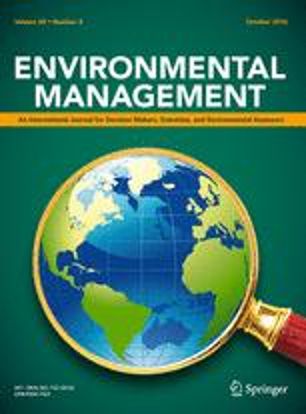Publication year
2004
Authors
Slik, J.W.F.; Poulsen, A.D.; Ashton, P.S.; Cannon, C.H.; Eichhorn, K.A.O.; Kartawinata, K.; Lanniari, I.; Nagamasu, H.; Nakagawa, M.; van Nieuwstadt, M.G.L.; Payne, J.; Purwaningsih; Saridan, A.; Sidiyasa, K.D.; Verburg, R.W.; Webb, C.O.
Language
English
Keywords
rain forests, tropical forests, forest trees, diversity, precipitation, dispersal, geographical distribution
Geographic
Indonesia























